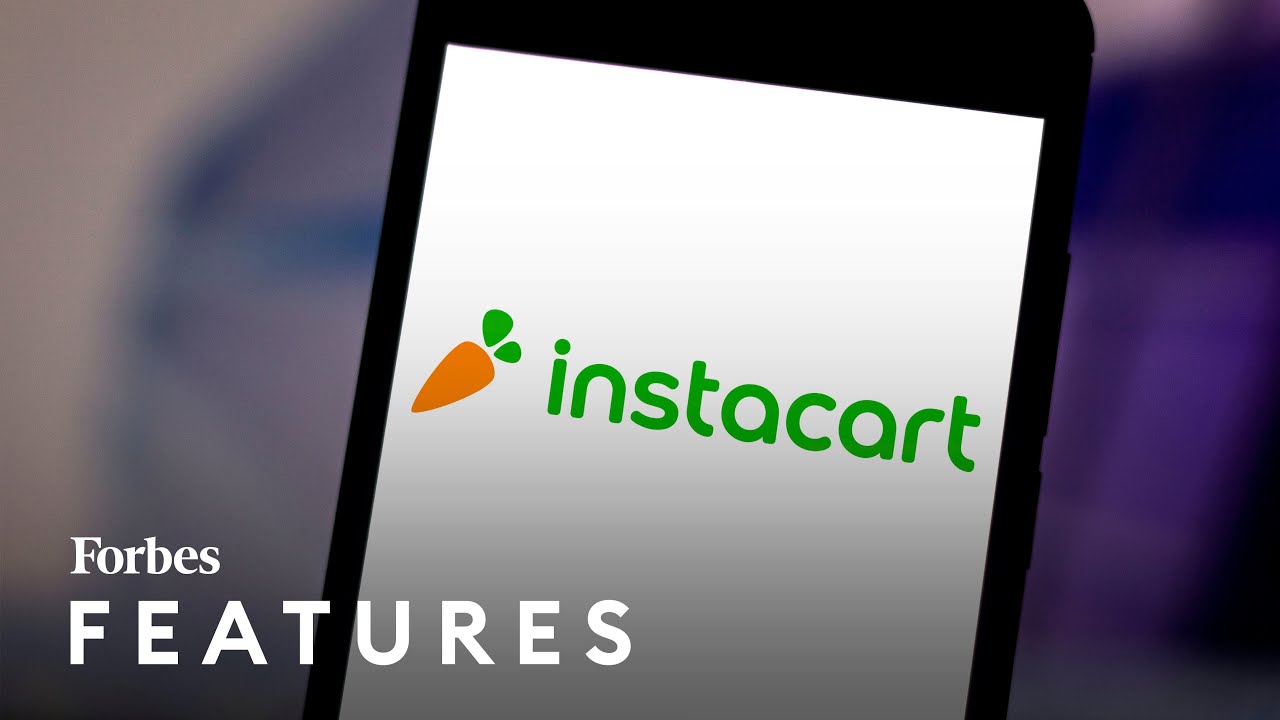The pandemic transformed Apoorva Mehta’s grocery delivery service, Instacart, into an essential—and booming—business. Now the 34-year-old billionaire is under pressure to outdo Jeff Bezos—all while dodging an avalanche of new competitors, rebellious workers and restless partners.
Instacart was gaining momentum, then last spring came a massive Covid-fueled boost. Things quickly morphed into a nightmare: striking shoppers, inventory shortages and the challenge of meeting the kind of blistering demand Mehta wasn’t expecting until at least the next presidential election.
As it turns out, the tribulations of March were just the beginning. As the country’s leading grocery delivery app, Instacart is now besieged by a growing number of well-funded competitors. Mehta himself is under pressure to justify a valuation that more than doubled during those 10 months to $18 billion, a highly anticipated public offering and a strategy aimed at proving Amazon—when it comes to supermarkets, at least—has it all wrong. Understated and wonky, Mehta deftly sidesteps any hint of urgency.
“I’m playing a 20-year game,” he says, sporting a T-shirt in his sun-filled home office north of San Francisco, when asked about Instacart’s IPO and the CFO he hired away from a 20-year stint at Goldman Sachs to help with it. He happily shifts the conversation to the long term. “Grocery is the largest retail category in the world, and yet it’s still not digitized. We’re excited by what the future looks like.”
That future is one in which traditionally tech-averse supermarkets are transformed into digital fulfillment outfits that stock, promote and package groceries for pickup or delivery. For customers who order $35 or more, Instacart charges as much as $9 per delivery—or free delivery with an annual $99 subscription. The grocers pay too, forking over an average 10% per order, a painful proposition in an industry where net margins have historically averaged 2% or less. Mehta says the high fees are necessary to cover the hundreds of Instacart engineers, designers and technicians toiling to turn a purely physical transaction into an almost entirely virtual one. So far he has signed on 600 retailers including Costco, Wegmans and Eataly.
They can use the help. Years of decreasing profits have fueled a spate of mergers, bankruptcies and consolidation. The sector’s wafer-thin margins don’t easily support Instacart’s fees, forcing many grocers to inflate their prices on the app. At the same time, though, no one can ignore the sudden shift feeding Instacart’s rise: Online grocery purchases have jumped to 10% of the $1 trillion industry, more than triple what they were at the end of 2019. Of course, that hypergrowth underscores one of the biggest risks of all: that significant chunks of Instacart’s customers will return to picking out their own produce once the pandemic passes.
Read the full profile on Forbes: https://www.forbes.com/sites/chloesorvino/2021/01/27/instacart-survived-covid-chaos—but-can-it-keep-delivering-after-the-pandemic/?sh=67f735f7bfa1
Subscribe to FORBES: https://www.youtube.com/user/Forbes?sub_confirmation=1
Stay Connected
Forbes newsletters: https://newsletters.editorial.forbes.com
Forbes on Facebook: http://fb.com/forbes
Forbes Video on Twitter: http://www.twitter.com/forbes
Forbes Video on Instagram: http://instagram.com/forbes
More From Forbes: http://forbes.com
Forbes covers the intersection of entrepreneurship, wealth, technology, business and lifestyle with a focus on people and success.
Can Instacart Keep Delivering After The Pandemic? | Forbes
